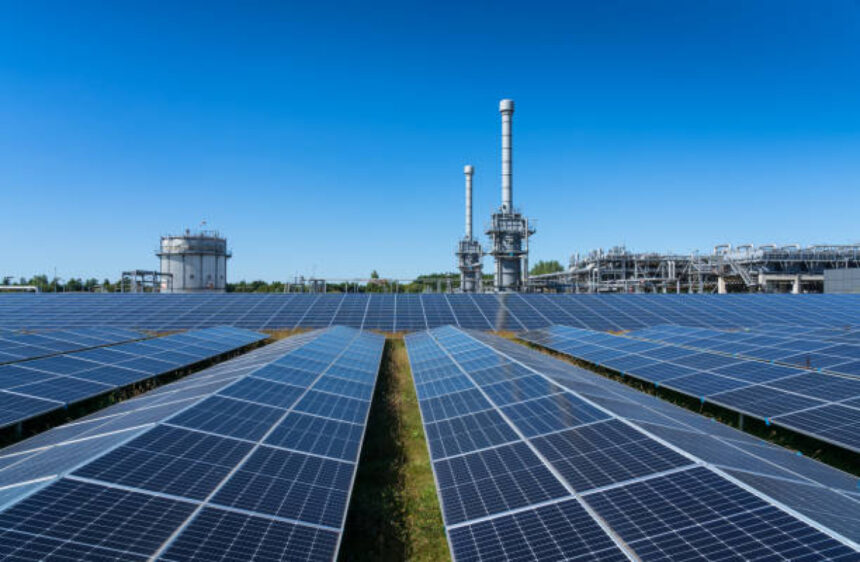Introduction: A Radiant Transformation
India’s commitment to renewable energy has taken a monumental leap solar boom, with Rajasthan emerging as the epicenter of this transformation. The state’s vast deserts and high solar irradiance make it an ideal location for solar energy projects. As of April 2025, India boasts an installed solar capacity of 107.94 GW, with Rajasthan contributing a significant share to this achievement [Source].
Major Solar Projects Powering the Change
Several large-scale solar projects have been commissioned in Rajasthan, marking significant milestones in India’s renewable energy journey:
- ReNew’s 1.3 GWp Project: Inaugurated in Jaisalmer, this project spans 3,500 acres and is expected to generate about 2,490 million units of electricity annually, supplying power to approximately 500,000 households [Source].
- AGEL’s 250 MW Project: Adani Green Energy Limited commissioned a 250 MW solar power project in Bhimsar and Dwada, Jaisalmer, enhancing their total operational renewable energy capacity to 12,841 MW [Source].
- NHPC’s 107.14 MW Project: NHPC began commercial operations for 107.14 MW of its 300 MW Karnisar Solar Power Plant in Bikaner, with plans to operationalize the remaining capacity soon [Source].
Economic and Environmental Impact
The solar boom in Rajasthan is not only transforming the energy landscape but also driving economic growth and environmental sustainability:
- Job Creation: The development of new solar parks is expected to create approximately 14,750 jobs, spanning construction and related services, thereby stimulating local economies [Source].
- Carbon Emission Reduction: Advanced solar panels and grid technology are projected to reduce carbon emissions by approximately 200,000 tons annually, contributing to global efforts to combat climate change [Source].
Policy Initiatives and Future Outlook
India’s government has set ambitious targets for renewable energy, aiming for 280 GW of solar capacity by 2030, contributing to a broader goal of 500 GW of renewable energy. Rajasthan is poised to play a pivotal role in achieving these targets, with plans to reach 115 GW by 2030, nearly a quarter of India’s national goal [Source].
Furthermore, the state is emphasizing energy storage, targeting 10 GW of storage capacity and producing 2,000 kTPA of green hydrogen by 2030, supported by public-private partnerships [Source].
Conclusion: A Beacon for Global Energy Transition
Rajasthan’s solar boom is a testament to India’s commitment to sustainable development and renewable energy. The state’s strategic initiatives and large-scale projects are not only redefining the national energy landscape but also setting a precedent for global energy transitions. As the world grapples with climate change and seeks sustainable energy solutions, Rajasthan’s model offers valuable insights and a path forward.
For more information on India’s renewable energy targets, visit our article on India’s Renewable Energy Targets for 2030.


